As far as crop-sensor DSLRs go, Nikon’s new flagship, high-speed model is up there with the best, as Andy Westlake discovers in this Nikon D500 review
Nikon D500 review
Nikon D500 review – Dynamic range, resolution and noise
Nikon has used a new 20.9-million-pixel DX-format sensor in the D500, and it delivers impressive image quality. It’s lower in resolution than Nikon’s cheaper DX DSLRs, which sport 24-million-pixel sensors, but the difference is less than 10% in terms of linear resolution, and I suspect it will be easy to accept this compromise in return for the D500’s other considerable skills. More to the point, high ISO performance is very good indeed, with the top standard sensitivity of ISO 51,200 giving remarkably respectable results. Unfortunately, though, the extended settings do seem to be hugely over-optimistic; anyone expecting usable ISO 1,638,400 from a DX sensor will need to wait a little longer.
Dynamic range
When it comes to dynamic range, the D500 scores remarkably well in our Applied Imaging tests. At ISO 50 we have a dynamic range of over 13EV, indicating massive leeway for recovering additional details from raw files, especially in shadow regions. This drops only slowly up to ISO 800, but beyond this the curve tails off more rapidly. Even so, values of 8.3EV at ISO 6,400 and 6EV at ISO 51,200 represent a remarkably strong showing for this size of sensor. But the precipitous decline in the extended settings indicates why these have limited practical use.
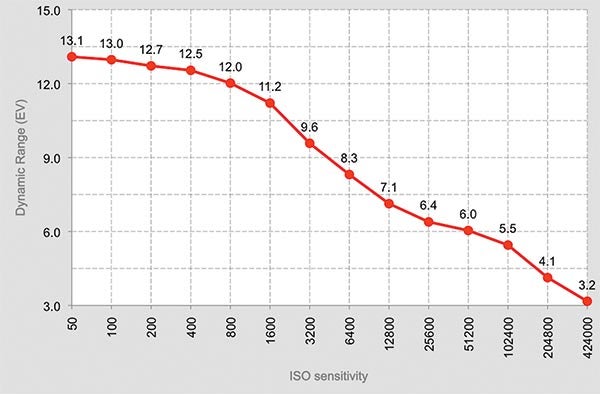
Resolution
The D500 captures as much from our resolution charts as we could realistically expect from its 20.9MP sensor. At low ISOs in raw it resolves around 3,700l/ph before maze-like aliasing comes into play; the JPEG processing tends to suppress such artefacts at the expense of slightly lower resolution. But what’s more impressive is its high ISO capability, with 3,000l/ph still recorded at ISO 6,400. At the highest standard setting of ISO 51,200, it achieves 2,600l/ph, but past this things go downhill quickly. Even at ISO 204,800, we see around 2,000l/ph, but the higher extended settings are too poor to be worth reproducing here.
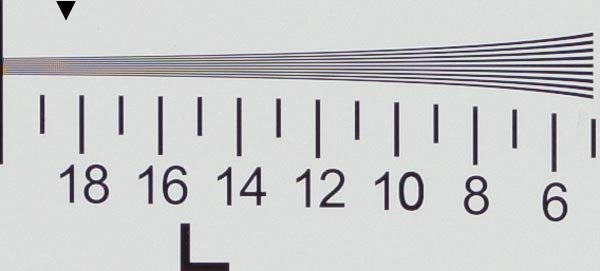
RAW ISO 100
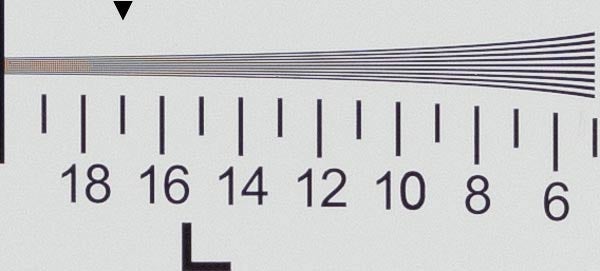
RAW ISO 800
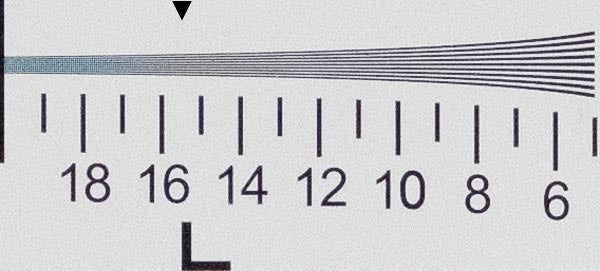
RAW ISO 6,400
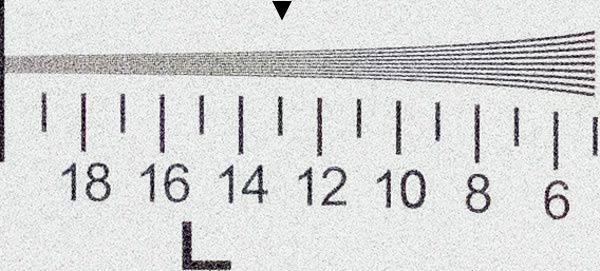
RAW ISO 51,200
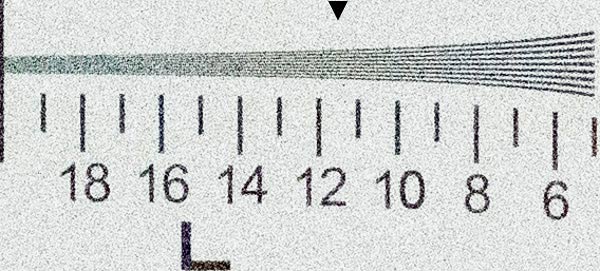
RAW ISO 102,400 (16MP)
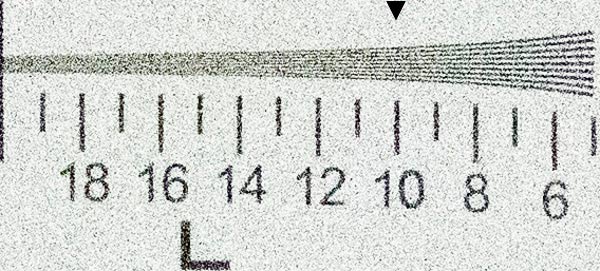
RAW ISO 204,800
Noise
Both raw and JPEG images taken from our diorama scene are captured at the full range of ISO settings. The camera is placed in its default setting for JPEG images. Raw images are sharpened and noise reduction applied, to strike the best balance between resolution and noise.
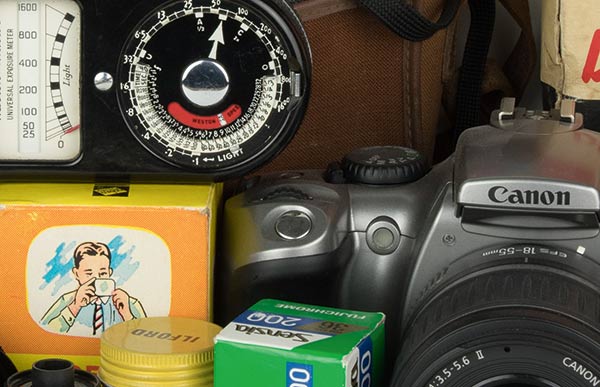
RAW ISO 100
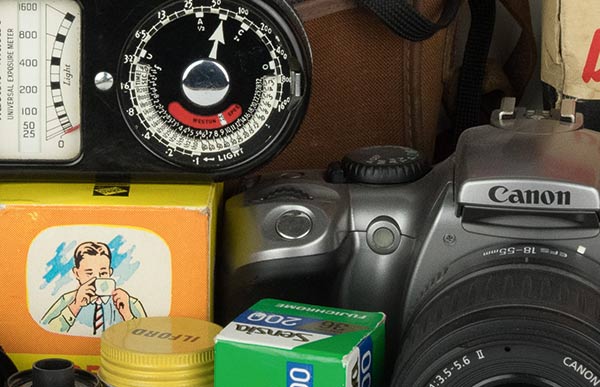
RAW ISO 800
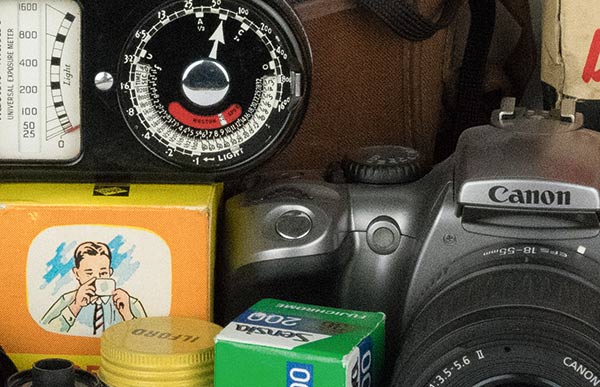
RAW ISO 6,400
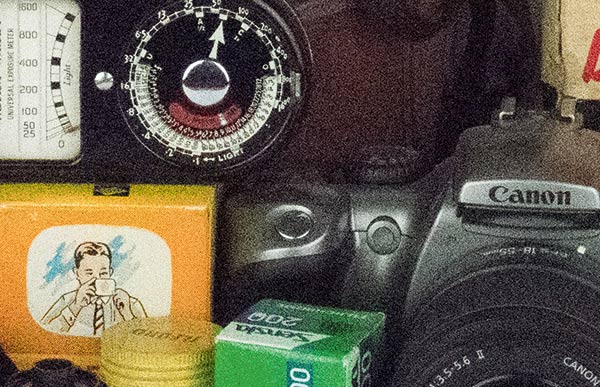
RAW ISO 51,200
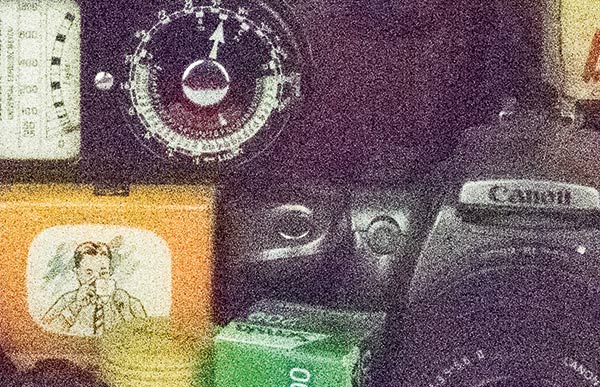
RAW ISO 204,800
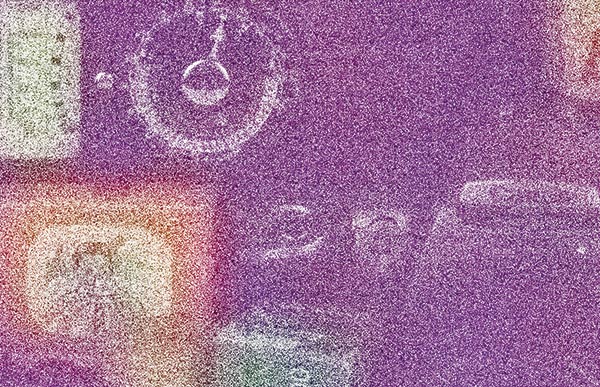
RAW ISO 819,200
At low ISO sensitivities, the D500’s image quality is superb; fine detail is rendered with impressive sharpness thanks to the lack of an optical low-pass filter, and there’s no visible noise. At ISO 800 a little luminance noise becomes visible, and shadow details start to disappear. ISO 1,600 is still eminently usable, but by the time we hit ISO 6,400 fine detail and colour saturation are visibly suffering. By ISO 51,200, colour rendition becomes very broad-brush, but the image is still entirely recognisable and should be perfectly usable with careful processing from raw; this is pretty impressive coming from an APS-C-format sensor. However, at the extended higher sensitivity settings, it’s increasingly difficult to see the point as the image disappears progressively under an ocean of noise.




